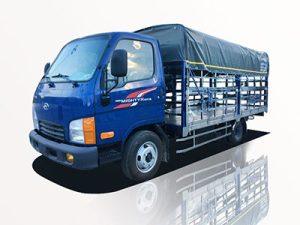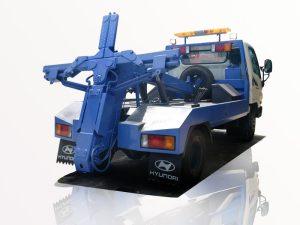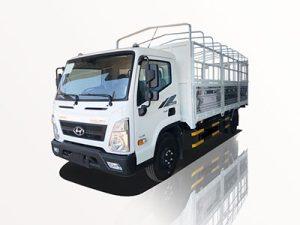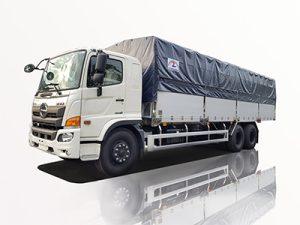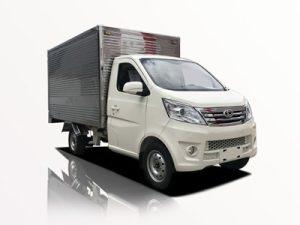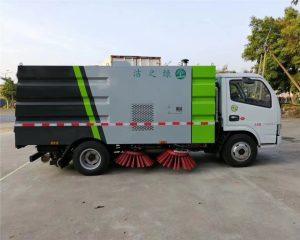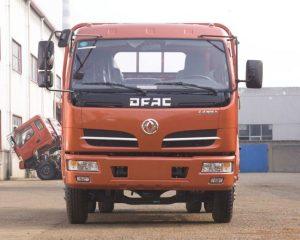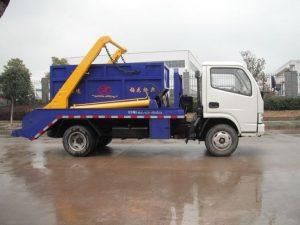Monday to Saturday - 8:00 -17:30
Understanding the Power and Versatility of a 50 Ton Wrecker
Introduction
In the world of heavy-duty towing and recovery, the 50 ton wrecker stands out as a reliable and powerful solution for transporting large vehicles and equipment. With its robust design and advanced features, this type of wrecker can handle a wide range of towing tasks, from commercial trucks to construction machinery. In this article, we will explore the functionalities, specifications, applications, and considerations involved with 50 ton wreckers, providing practical examples and tips for those interested in this industry.
What is a 50 Ton Wrecker?
A 50 ton wrecker, also known as a heavy-duty tow truck, is designed to tow or recover vehicles or loads weighing up to 50 tons. These machines are equipped with strong hydraulic systems, powerful engines, and various tools necessary for safe and efficient towing operations. The ability to handle such weight makes them indispensable in various sectors including transportation, construction, and emergency recovery services.
Key Features of a 50 Ton Wrecker
- Powerful Engine: Typically powered by a diesel engine that provides high torque for heavy lifting.
- Hydraulic Systems: Advanced hydraulic systems allow for the lifting and positioning of vehicles with precision.
- Boom and Winches: Equipped with a boom (which can extend) and several winches for lifting loads safely.
- Multi-Functional Equipment: Capable of various towing types, like flatbed towing and wheel-lift towing.
Applications of a 50 Ton Wrecker
50 ton wreckers are used in a variety of scenarios, each requiring specific capabilities to deal with different challenges.
1. Commercial Truck Towing
When large trucks break down, a 50 ton wrecker can efficiently tow them to repair shops. Its ability to handle weight is crucial here.
2. Construction Equipment Recovery
Construction sites often face challenges with heavy machinery like bulldozers or cranes. A 50 ton wrecker can recover such equipment in case of breakdown or accidents, ensuring minimal downtime for projects.
3. Accident Recovery
After a road incident involving large vehicles, a 50 ton wrecker can safely remove wreckage and clear the roadway, handling over-turned trucks or trailers with ease.
4. Heavy Load Transport
In cases where heavy loads need to be transported, a 50 ton wrecker can come equipped with flatbeds or other specialized attachments to securely move oversized items.
Choosing the Right 50 Ton Wrecker
When selecting a 50 ton wrecker, several factors need to be considered to ensure it meets your specific needs and standards.
1. Weight Capacity
Ensure that the wrecker is capable of handling the weight requirements of your typical towing jobs. It should comfortably tow the heaviest loads you anticipate.
2. Type of Operations
Consider whether you need a wrecker that specializes in a certain type of tow (e.g., flatbed or wheel lift) based on your primary operations.
3. Engine Specifications
Look for wreckers with engines that provide sufficient torque and horsepower for heavy loads, especially in hilly or rugged terrains.
4. Hydraulic System Quality
A superior hydraulic system can significantly enhance your efficiency and safety when recovering heavy vehicles.
Cost Considerations
Initial Purchase Price
A brand new 50 ton wrecker can range anywhere from $100,000 to over $250,000, depending on brand, features, and technology.
Operating Costs
Annual maintenance, fuel costs, and insurance are ongoing expenses that should be factored into the total cost of ownership.
Practical Tips for Operating a 50 Ton Wrecker
1. Regular Maintenance
Regular checks on fluid levels, hydraulic systems, and engine performance can prevent many issues. Schedule periodic inspections.
2. Training and Certification
Ensure that operators are trained and certified in heavy-duty towing and recovery techniques to promote safety and efficiency.
3. Utilize Technology
Implement GPS and fleet management software to optimize routes and track vehicle performance, enhancing productivity.
Safety Measures in Wrecker Operations
1. Use Proper Equipment
Always use the right tools, such as safety chains and appropriate towing equipment, when performing operations to prevent accidents.
2. Follow Industry Regulations
Adhere to local and national regulations governing heavy vehicle towing to ensure compliance and safety.
3. Wear Safety Gear
Drivers and workers should wear appropriate Personal Protective Equipment (PPE) including helmets, gloves, and reflective gear during operations.
FAQ Section
1. How much weight can a 50 ton wrecker actually tow?
A 50 ton wrecker can tow and recover vehicles or loads up to 50 tons, but it’s important to factor in the specific load distribution and other considerations.
2. What is the average fuel consumption of a 50 ton wrecker?
Fuel consumption can vary greatly based on load, terrain, and engine specifications, but expect around 6-8 miles per gallon under normal conditions.
3. Can a 50 ton wrecker handle off-road recovery?
Yes, many 50 ton wreckers are equipped with the necessary features like off-road tires and a strong suspension system to handle off-road conditions.
4. What kind of licensing is required to operate a 50 ton wrecker?
Operators typically need a commercial driver’s license (CDL) and may require additional certification for heavy towing operations, depending on local laws.
5. How often should a 50 ton wrecker be maintained?
A routine maintenance schedule should be established, with regular checks at least once every six months, or more frequently depending on usage.
6. What are the best brands for 50 ton wreckers?
Brands like Peterbilt, Kenworth, and Freightliner are recognized for their heavy-duty wreckers, but it’s essential to assess individual models and their specifications.
Conclusion
Investing in a 50 ton wrecker opens up numerous possibilities in towing, recovery, and heavy transport operations. By understanding their features, choosing the right model, and implementing effective safety practices, businesses can enhance their service offerings and ensure reliable performance on the job.


